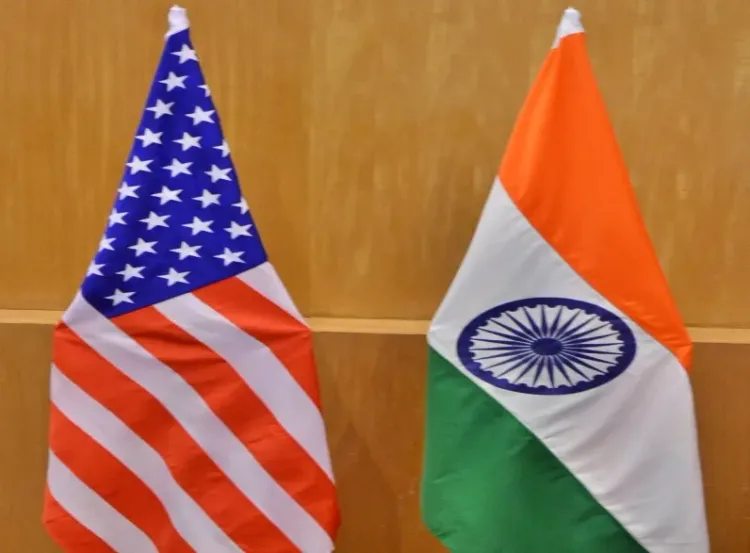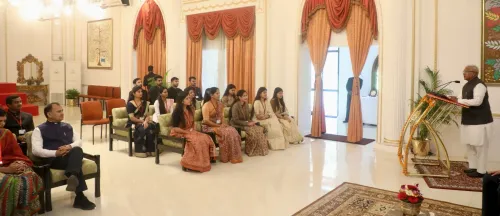Should the US Rethink India as an Ally Instead of a Competitor?

Synopsis
Key Takeaways
- US-India relations are at a critical juncture.
- Coercive tactics may backfire.
- India’s strategic autonomy is non-negotiable.
- Collaboration in technology and governance is crucial.
- Trust is essential for enduring alliances.
New Delhi, Aug 18 (NationPress) As US–India relations enter a more fragile stage, Washington’s increasingly coercive stance threatens to alienate a partner whose rise could become one of America's most significant strategic advantages in the 21st century.
Over two centuries ago, George Washington advised the nation to “observe good faith and justice toward all nations”.
In today's world, shaped by multi-polarity, that wisdom resonates deeply, where trust—not dominance—is the foundation of enduring alliances. India is not just an emerging economy.
It stands as the world’s most populous democracy, a burgeoning $4-trillion economic force, a leader in space and digital infrastructure, and a respected voice in the Global South. Milinda Moragoda, former Sri Lankan cabinet minister, High Commissioner to India, and founder of the Pathfinder Foundation, has articulated this in a leading English daily.
For years, the US–India partnership has been celebrated as a defining alliance of the century; two dynamic democracies, culturally diverse yet united by shared values of pluralism, innovation, and open markets.
However, the tone has shifted recently.
Distrust now clouds a relationship once founded on mutual respect. At the core of this shift is a flawed assumption in Washington—that India can be pressured into conformity or ‘managed’ into alignment.
This notion is not only misguided but also strategically harmful. India’s commitment to strategic autonomy is non-negotiable—it embodies a deeply embedded national character of integrity.
Efforts to undermine that autonomy through transactional diplomacy or punitive actions will likely backfire.
Recent US actions—escalating trade tensions, threats of secondary sanctions, and restrictive technology policies—illustrate a move toward short-term leverage instead of long-term collaboration.
While disagreements are unavoidable, coercion diminishes goodwill and provokes resistance. India’s ascent is not a threat to American interests; rather, it acts as a strategic multiplier.
In the Indo-Pacific, India’s role in maritime security and supply-chain resilience is essential. In global governance, its advocacy for reform aligns with US objectives.
In technology, the collaboration between Silicon Valley and Bengaluru is already transforming innovation. If Washington persists with this pressure-oriented approach, it risks losing a partner with unmatched strategic compatibility.
India possesses alternatives—Europe, ASEAN, South-South alliances—and will explore these options if cornered. The relationship is not irreparable, but it necessitates a reset: one that substitutes the urge to control with a commitment to empower.
George Washington cautioned against foreign policy rooted in habitual affection or animosity. In today’s context, this translates to rejecting dominance and fostering balance, respect, and a shared purpose.
For the US, the decision is straightforward—embrace India’s rise, or risk strategic isolation in a world that rewards trust over control.









